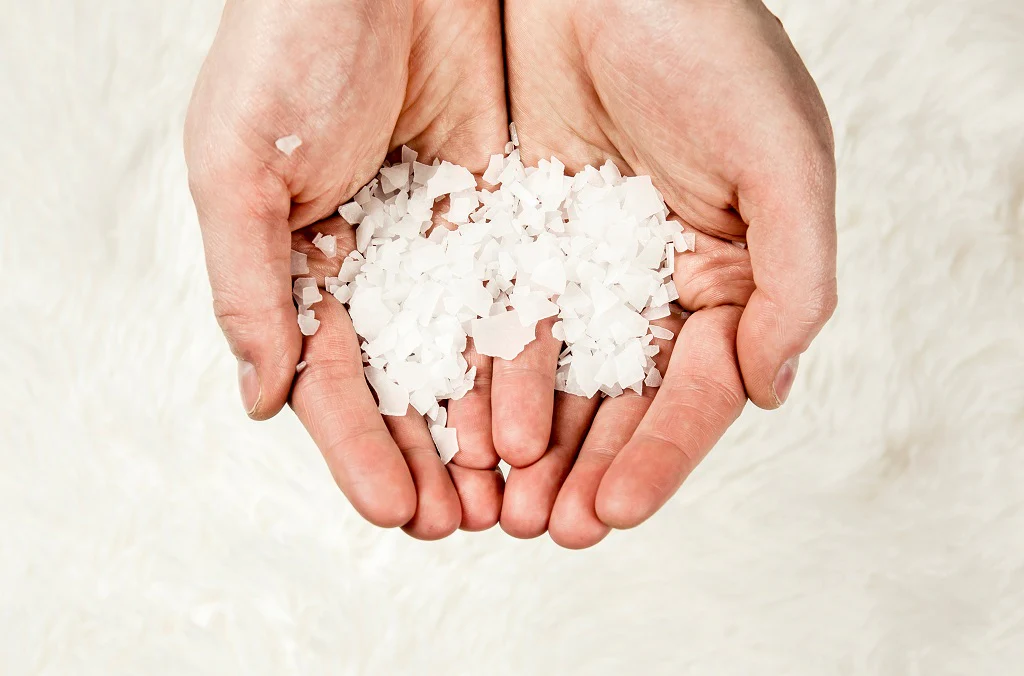
Sodium chloride has been used for years to deice roads, streets, and paths. Like calcium chloride, it lowers the freezing point of water. However, as we have seen, there are some differences between these two salts:
Differences Between Calcium Chloride And Sodium Chloride
While sodium chloride is down to -6ªC, calcium chloride is effective at very low temperatures such as -30ºC. Calcium chloride has a faster and more lasting effect, preventing the appearance of slippery surfaces due to ice.
With sodium chloride from Ninja De-Icer for example, the pavement tends to discolor and crack. Also, due to its corrosive capacity, it causes damage to vehicles, footwear, etc… This is avoided with calcium chloride. Calcium chloride does not degrade the environment. It does not harm plants, animals, or any living organism. Sodium chloride is corrosive and damages roads, bridges, pipes… It also causes environmental degradation, inhibiting plant growth and favoring living organisms’ extinction.
On the other hand, the price. Calcium chloride, compared to sodium chloride, has a higher price in the market.
What Salts Melt Snow?
In certain areas, it is common for chemicals to be used to reduce the impact of ice and snow on streets, roads, and sidewalks. These products are known as deicing substances and generally contain various salts.
Common salts that melt snow and ice include bulk sodium chloride (table salt), calcium chloride, magnesium chloride, and calcium nitrate. Each of these chemicals has different properties, making them more or less effective in different situations.
Sodium chloride is the best-known and most used salt for melting snow, as it is very cheap and easy to find. However, it is ineffective in extremely low temperatures and can damage the environment and nearby vegetation. On the other hand, calcium chloride and magnesium chloride can operate in colder temperatures than sodium chloride and are less harmful to the environment. However, they are more expensive and can damage concrete and other materials.
Calcium nitrate, for its part, dissolves in water more quickly than other salts to be effective at lower temperatures. However, it is also more expensive and toxic to animals if ingested in large quantities. In summary, several salts can be used to melt snow and ice, each with advantages and disadvantages. When choosing a deicing substance, it is important to consider environmental effects, costs, and effectiveness in different temperatures and situations.






